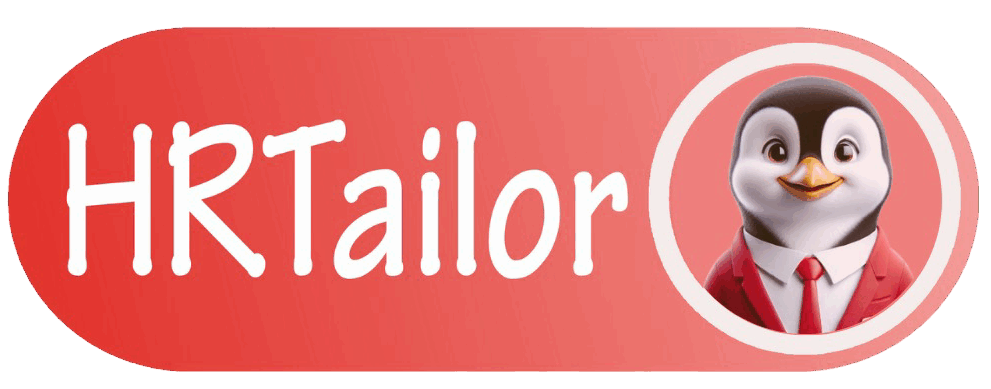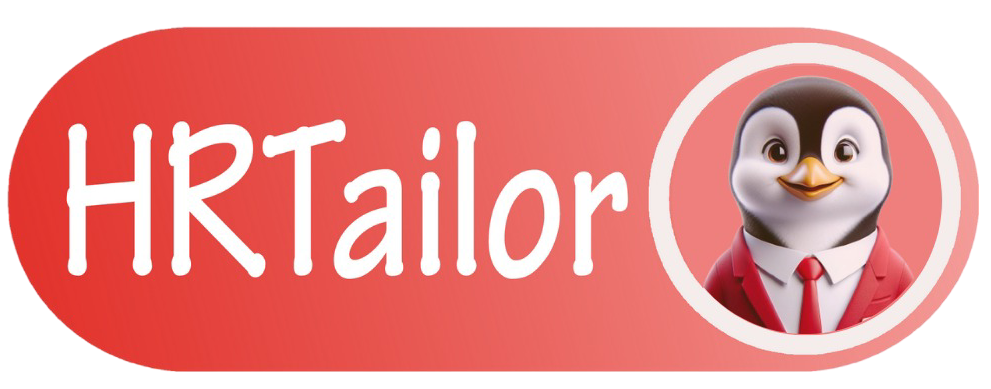
What is Talent Acquisition? Process, Meaning, and Examples
Every company knows that people are its greatest asset. But in reality, finding and keeping the right people is where most organizations struggle. This is where talent acquisition (TA) steps in — a long-term strategy that goes far beyond “filling jobs.” Talent acquisition is about building pipelines, creating meaningful connections, and ensuring your business can grow without being slowed down by a talent gap. If recruitment is about the present, talent acquisition is about the future.
What is Talent Acquisition?
Talent acquisition is the structured process of identifying, attracting, and engaging professionals who align not just with a company’s immediate needs but also with its long-term vision. Unlike traditional hiring, TA focuses on strategic growth — looking at future skill demands, cultural fit, and retention.
Think of it this way: recruitment asks, “Who can do this job right now?”
Talent acquisition asks, “Who can grow with this company over the next five years?”
The Talent Acquisition Process
1. Workforce Planning
This is where it begins. Organizations must forecast which roles will matter most in the future. Without this clarity, hiring becomes reactive and expensive.
2. Building Employer Brand
Today’s candidates don’t just look at salary. They care about culture, flexibility, and growth opportunities. Strong employer branding makes you the first choice for top talent.
3. Strategic Sourcing
Posting a job ad isn’t enough anymore. Talent acquisition relies on networking, referrals, university partnerships, and even proactive outreach to passive candidates.
4. Candidate Engagement
From the first email to the final offer, every interaction builds (or breaks) trust. A poor experience can drive candidates away — and damage your reputation in the market.
5. Hiring & Onboarding
Sealing the deal isn’t just about signing the offer. Smooth onboarding ensures employees don’t walk out within the first 90 days — a common but costly mistake.
6. Continuous Improvement
TA doesn’t end with onboarding. Data-driven insights, feedback loops, and retention metrics help organizations fine-tune the process year after year.
Why Talent Acquisition Matters
Companies often underestimate the cost of a bad hire. According to global HR studies, replacing an employee can cost up to 2x their annual salary when you factor in lost productivity, rehiring, and training. For growing businesses, weak talent strategies can mean missed opportunities, failed projects, and stunted expansion. On the other hand, organizations with a strong TA process not only fill roles faster but also build resilient teams that carry them through market shifts, scaling challenges, and even crises.
Examples of Talent Acquisition in Action
Startups that use campus hiring and mentorship programs to secure young talent before competitors do.
Global Capability Centers (GCCs) in India that rely on TA to bring in niche skills like AI, cybersecurity, and R&D.
SMEs that focus on cultural fit during hiring to ensure loyalty and lower attrition.
These are not just hiring strategies — they are business survival strategies.
Conclusion
Talent acquisition isn’t an HR buzzword — it’s the difference between organizations that thrive and those that stall. In a world where skills evolve fast and employee expectations are higher than ever, TA gives companies the edge to scale sustainably. At HRTailor, we help businesses navigate this journey with structured talent acquisition strategies designed for long-term success — ensuring that every hire adds not just to your headcount, but to your future.

